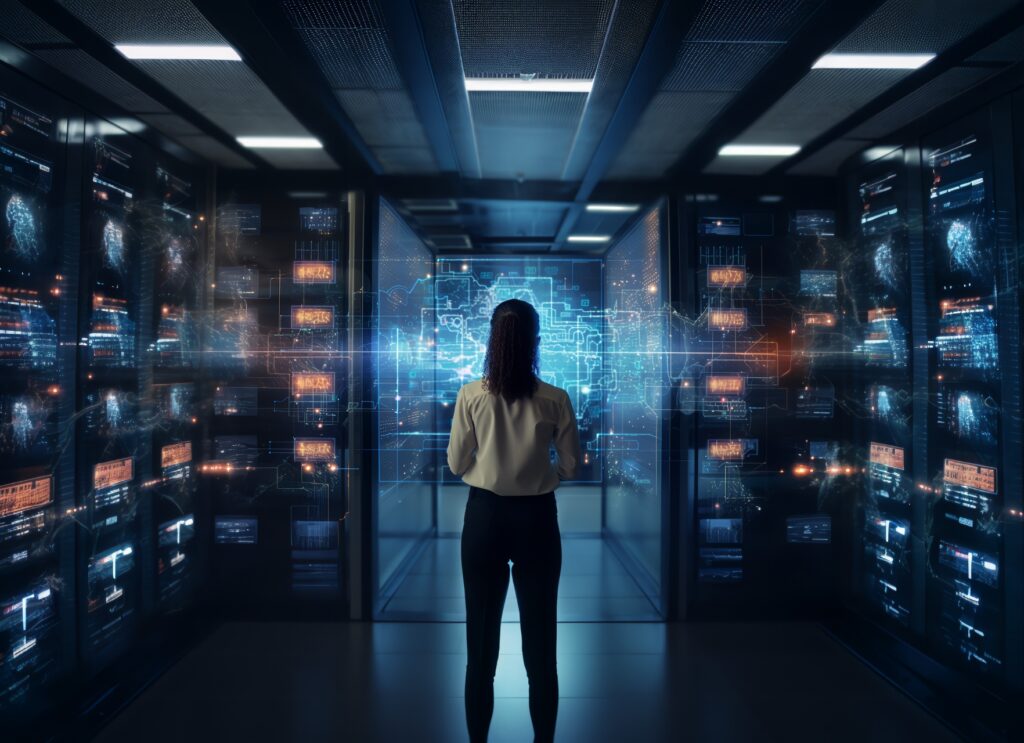A vision of Huawei: The future of data centers by 2030
At an in-house exhibition, Huawei unveiled innovative new technologies as well as a groundbreaking forecast for the future.
Data centers are the linchpin of digital transformation. Huawei, a global technology leader, took a look into the future at its recent in-house exhibition. Not only were forward-looking technologies such as Cloud Stack 8.3 presented there. Huawei also presented a comprehensive plan for data centers in 2030.
Cloud Stack 8.3: AI models of the future
With its hybrid cloud platform Cloud Stack 8.3, Huawei enables enterprises to build their own large-scale AI models. Cloud Stack 8.3 provides a wide range of services, including frameworks, base models, pipelines, computing architectures, and processing power. This enables customers to quickly and efficiently develop new on-premises models. This technological advancement provides application scenarios for various industries such as mining, transportation, weather forecasting, and medicine.
Focus on security and data management
In addition to unveiling Cloud Stack 8.3, Huawei also emphasized its commitment to security and data management. Therefore, privacy-compliant data processing and data and AI integration tools are key for Huawei. The Chinese tech giant has integrated these features into Cloud Stack to ensure secure data processing. In addition, Huawei has added over 30 services to CodeArts development pipelines, from infrastructure to specialized tools.
Data Center 2030: The Future of Data Centers
Huawei has unveiled a groundbreaking report called “Data Center 2030” that highlights the challenges and opportunities for data centers of the future. The report was prepared in collaboration with academics, customers, partners, and research institutes. It emphasizes the need to significantly scale up data centers and make them more efficient to meet increasing demands while achieving sustainability goals.
According to the report, the future of data centers lies in automating operations and maintenance. Along the way, scalability is expected to improve. In terms of security, the authors expect Trusted Execution Environment (TEE) to replace the standard Trusted Platform Module (TPM) in Big Data and AI models.
Looking ahead, the report predicts increased use of green energy in the data center, as well as the use of advanced technologies such as lithium-ion batteries and hydrogen fuel cells. New cloud architectures and hyperconverged infrastructures are expected to help meet the demands of AI models and digital twins. Further, the report emphasizes the importance of new chip technologies such as chiplets and 3D chips. They are expected to cope with the increasing volumes of data.
Data center development is the key
Overall, Huawei’s vision for data centers by 2030 shows that the technology industry is heading for an exciting future. The evolution of data centers will be critical to meeting the demands of the next decades. We can look forward to seeing how these technologies will change the way we process data and use AI in the coming years.
Source: heise.de


